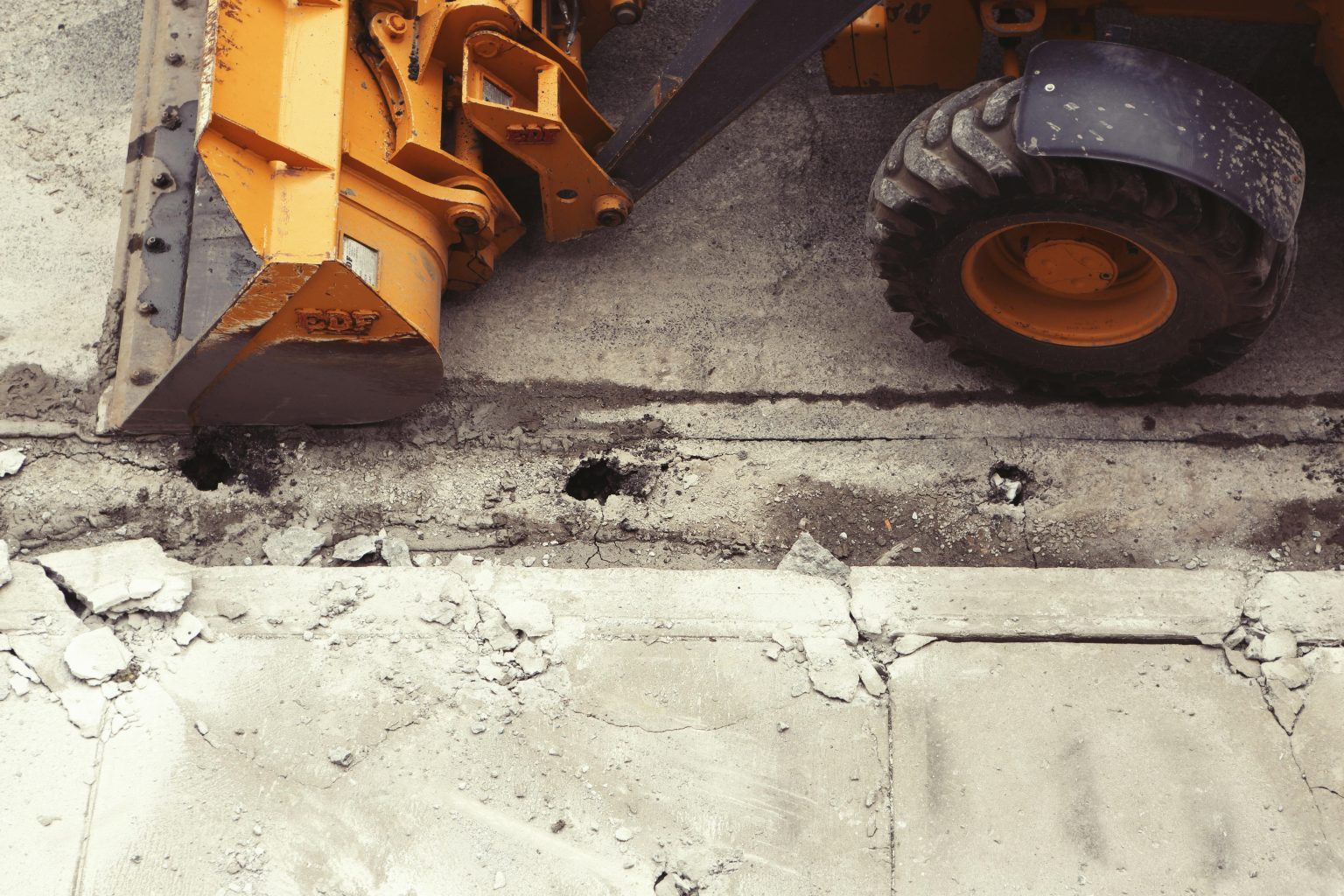As part of the orchestra of new infrastructure, roads are the ground floor rhythm, the one we don’t think of until a pothole sends us flying. Beneath every smooth ride and well-timed highway is a vastly choreographed array of machines and humans, endeavoring to create smoothness and prevent the horrors of broken and unkempt roads. One of the hidden stars in the show is the asphalt milling machine, which is an odd-looking bit of gear resembling a tank-which does one key thing-precision shaving off the bumps and irregularities off the surface of the road.
Milling is a particularly efficient way of roadwork, since it avoids ripping everything out-which might be expensive and is nearly always wasteful- and instead grinds down top-layer asphalt. Per many experts, milling allows for the re-use of 100% of removed materials into other projects, if not directly other asphalt mixes. This means that green-conscious businesses both pull a profit and meet recycling goals without having to break the bank investing in green tech. This also means that the problem of delays also gets sorted pre-emptively.
Milling Matters
It’s not just a case of putting new asphalt down; you get the surface correct so what you put down lasts longer. It’s similar to baking a cake on a wobbly tray, it’s going to collapse before you know it.
Asphalt milling does more than “prep” to prevent potholes and crevices, it restores road elevations for proper drainage, removes ruts that can collect dangerous water, and keeps curbs and gutters intact. Skipping this step could cut years off the road’s lifespan, which is why highway engineers swear by it. In fact, the Federal Highway Administration in the US noted that roads resurfaced after proper milling can last 25–30% longer than those without.
What to Look for When Asphalt Milling
- Proper Elevation Control- Elevation being done correctly ensure smooth driving surfaces and prevents future unevenness.
- Rut Removal- Look for milling that removes ruts and grooves, which can otherwise trap water and accelerate pavement damage- ensuring your money’s worth.
- Efficient Drainage- Making sure the process sets slopes appropriately so water drains off the road rather than pooling decreases the chance of hydroplaning, preventing immediate wear and tear and ensuring longevity.
- Safeguarding Curbs and Gutters- Good milling will cause no harm to adjacent structures, leaving curb lines and gutter performance intact- not taking this into consideration can end up costing you a pretty penny in on-site repairs.
- Depth Precision Cutting- Milling is required at the right depth in such a way that surface material is removed off the foundation layers- hiring the correct contractors to do the job is therefore an essential requirement.
Rolling into the Paving Stage
Once the milling has smoothed out its textured surface, in come the asphalt pavers. Those large, slow-moving machines you see spreading out that dark, rich, steaming layer of asphalt, frequently trailed by one of those rollers for compacting.
Current asphalt pavers are precision machines, considering that they have GPS, laser guidance, and computerized screed control to get the mat depth right across the whole expanse. That’s no minor issue. A variation of as little as half an inch in asphalt depth can have a huge influence on performance and cost.
Worldwide, the asphalt paving market should reach over $7 billion in 2030, mainly spurred by urbanization and the call for good transportation networks. And out on the construction site, the process itself falls into pace beautifully- the paver installing the new road and the crew moving in unison like a raceway pit crew, each one essential, each step choreographed to ensure the objective is met perfectly and seamlessly.
The Hidden Muscle: Crushing and Recycling
Before all of this gleaming blacktop material shows up, though, there’s one essential step first-hauling off the millings’ debris. That’s where the impact crusher comes in- the brawn of road construction’s recycling. The crushers themselves receive big hunks of used asphalt, concrete, or rock and crush them into smaller, recyclable materials.
Why does this matter so much? Firstly, it minimizes the need for aggregate, reducing quarry costs. Secondly, recycled asphalt pavement (RAP) possesses inherent strength in structure-decreasing costs of materials up to 25% and decreasing emissions of greenhouse gases by millions of tons within one year.
Impact crushers are mobile too, so they can be transported to the construction area. Not just does this make the entire process faster, but the hassle of hauling large materials back and forth is lessened. The road you’ll be driving on today perhaps already has a fair amount of recycled asphalt on it given the use of such technology.
Smarter Roads, Not Faster Roads
What’s remarkable in contemporary road construction isn’t the machines themselves, but how every step’s designed to be efficient and sustainable. Milling machines don’t simply grind; they prepare the way for best-in-class paving. Pavers don’t simply lay asphalt; they lay the smooth, safe surfaces that minimize vehicle wear and conserve fuel. The impact crusher doesn’t simply crush old material; it completes the loop on waste, transforming yesterday’s bumpy road into tomorrow’s smooth one.


